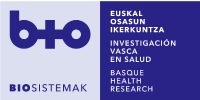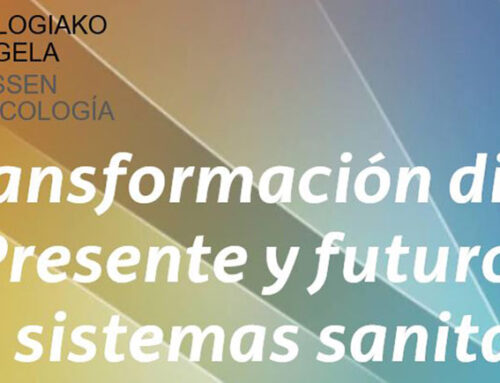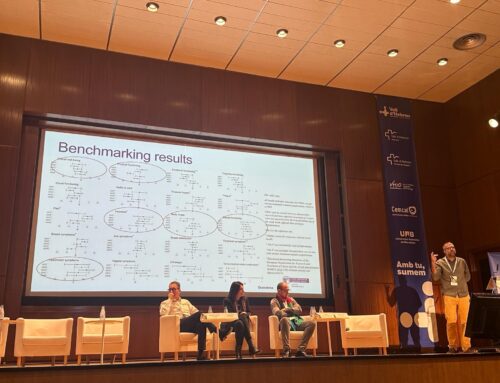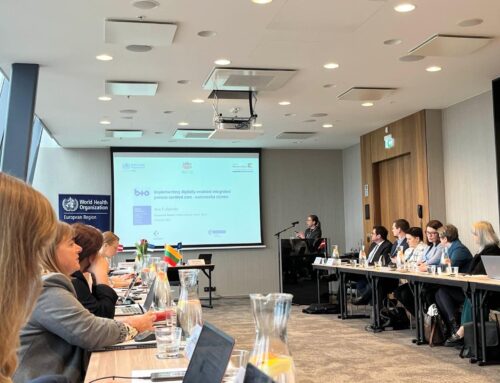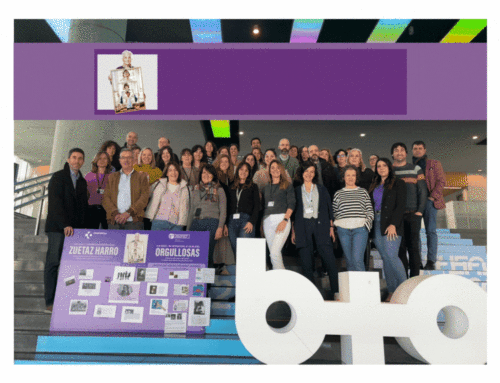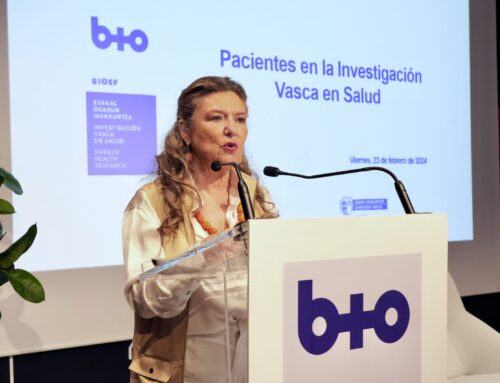The event was held on 27 November in Brussels.
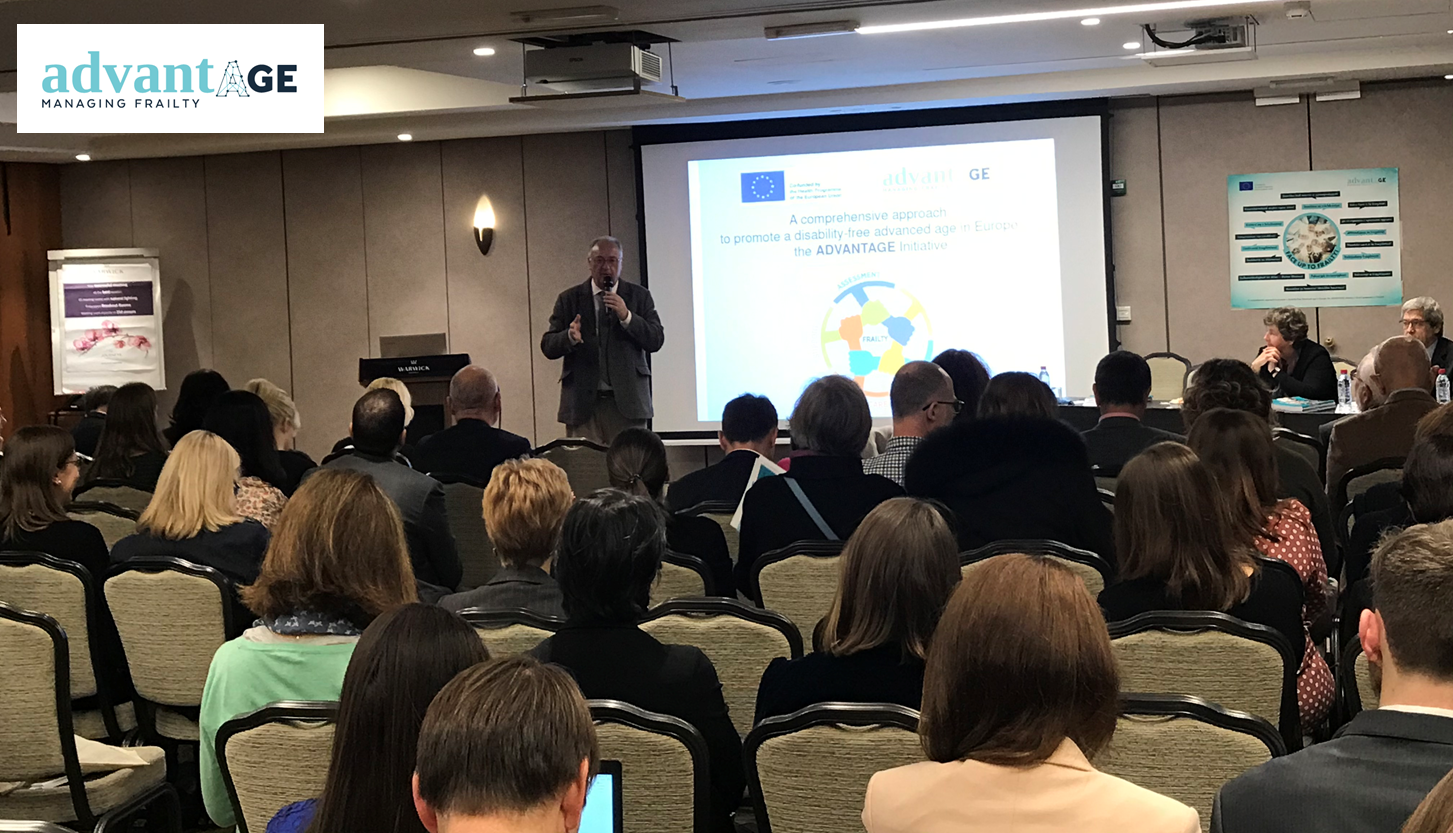 For three years the ADVANTAGE JA (Joint Action) has worked on establishing a shared European framework to face the challenge of frailty, one of the main factors associated to disability in the elderly population. The establishment of a shared framework of understanding strives to create a new focus to manage the elderly population with the risk of frailty. It seeks to promote disability-free, active and healthy ageing.
For three years the ADVANTAGE JA (Joint Action) has worked on establishing a shared European framework to face the challenge of frailty, one of the main factors associated to disability in the elderly population. The establishment of a shared framework of understanding strives to create a new focus to manage the elderly population with the risk of frailty. It seeks to promote disability-free, active and healthy ageing.
The closing conference brought together representatives from over 34 organisations, governments and non-governmental institutions from 22 European Union Member States. The project has been coordinated by the Getafe University Hospital depending on the Madrid Health Services with the participation of Kronikgune, among other institutions.
During the last meeting, the activities and results deriving from ADVANTAGE JA were presented:
– The state-of-the-art report on frailty prevention in Europe. This report highlights frailty as one of the public health priorities and provides information on how healthcare systems should plan prevention and frailty management.
– The report on the “Frailty approach plan” focused on three main ideas: prevention strategies, frailty management and screening and diagnosis.
– The presentation of campaigns developed by the Member States with the participation of politicians, health and social sector professionals and citizens to address frailty.
– The “Pathway to promote healthy ageing by addressing frailty” which constitutes a shared domestic and European policy to contribute to a more homogeneous approach to frailty.
– The final report that summarises the results and offers specific recommendations to address frailty on a European level.
ADVANTAGE JA concluded that the challenge of European Union Member States consists of translating the knowledge and the results obtained in the project into specific actions, since frailty can indeed be prevented: “Frailty is not an inevitable part of ageing. The sooner we identify it, the sooner we can do something about it.”
To learn more about this project visits its official website . There you may find all the public reports developed for this project.
